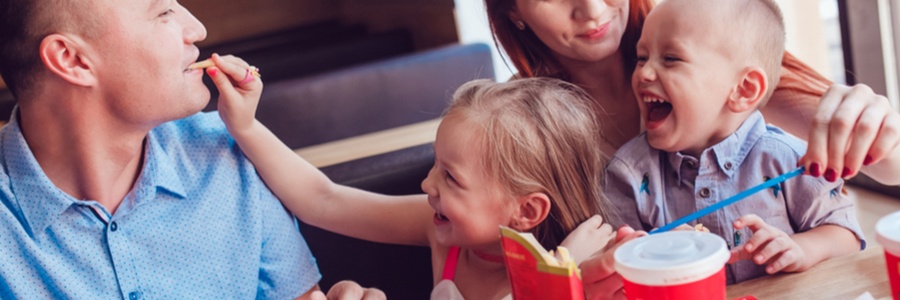What might retail and restaurant brands learn from tens of thousands of first-party U.S. mobile consumers who not only have been GeoValidated® as their customers, but whose profiles fit the specific consumer types the brand considers most important to understand?
Building a custom panel of profiled, known visitors makes it possible to conduct plug-and-play tracking studies in which the questionnaire can be repeated for each wave of customized, non-duplicated consumer panelists.
In one case, a client who customized its audience saved time and money by designing and fielding its own tracking study on MFourDIY®, the only all-mobile DIYsurvey-building platform. The opportunity for accurate segmentation is a key feature: as new members sign up for the consumer panel that participates via MFour’s Surveys On The Go® mobile research app, those who fit the required profiles are automatically funneled into the custom panel, ensuring ongoing representation and consistency for the tracking study.
Over time, the client in question has seen completion rates of 80%, and drop-off rates under 2% from respondents who fit its consumer profiles and have been geolocated in one of its locations. The tracker focuses on questions about lifestyle and attitudes that impact how its validated customers view eating and health. Among the findings:
- 60% of respondents agreed completely or very strongly that “the state of my health is largely in my control."
- 25% stated agreed completely or strongly that “I consider myself to be fit and in shape.” 17% said just the opposite. ”
- Life is hectic out there: 40% of respondents agreed completely or strongly that “I’m always busy and on the go.” Only 8% were completely or strongly certain that “busy and on the go” does not describe their lifestyle.
- The accelerated speed of life often dictates decisions about meals: 36% strongly or completely agreed that they opt for speed even though they feel that on-the-go restaurant meals can be unhealthy.
- Consumers want to fill up when they eat out, with 40% of respondents agreeing strongly or completely that good value depends on “more food for the money.”
- At the opposite end of the spectrum, only 7% were convinced that quantity is not essential to good value in restaurant food.
- When it comes to where the rubber meets the road – or the meal meets the mouth – a substantial majority of the client's validated customers confessed that they sometimes put pleasure over discipline: the statement, “I love rewarding myself with indulgent food or beverages,” elicited strong or complete agreement from 42% of participants, and an additional 36% said they were “somewhat” in agreement that they love indulging themselves.
- Just 9% of respondents indicated a strong or complete rejection of indulging themselves when they eat.To that 9% we can only say, “well, if you’re not going to eat those fries, just pass them over to us.”


